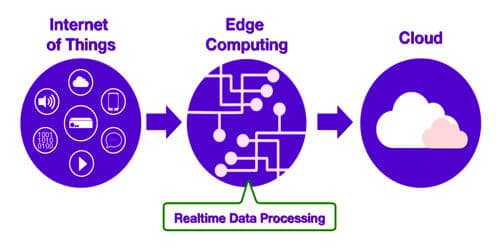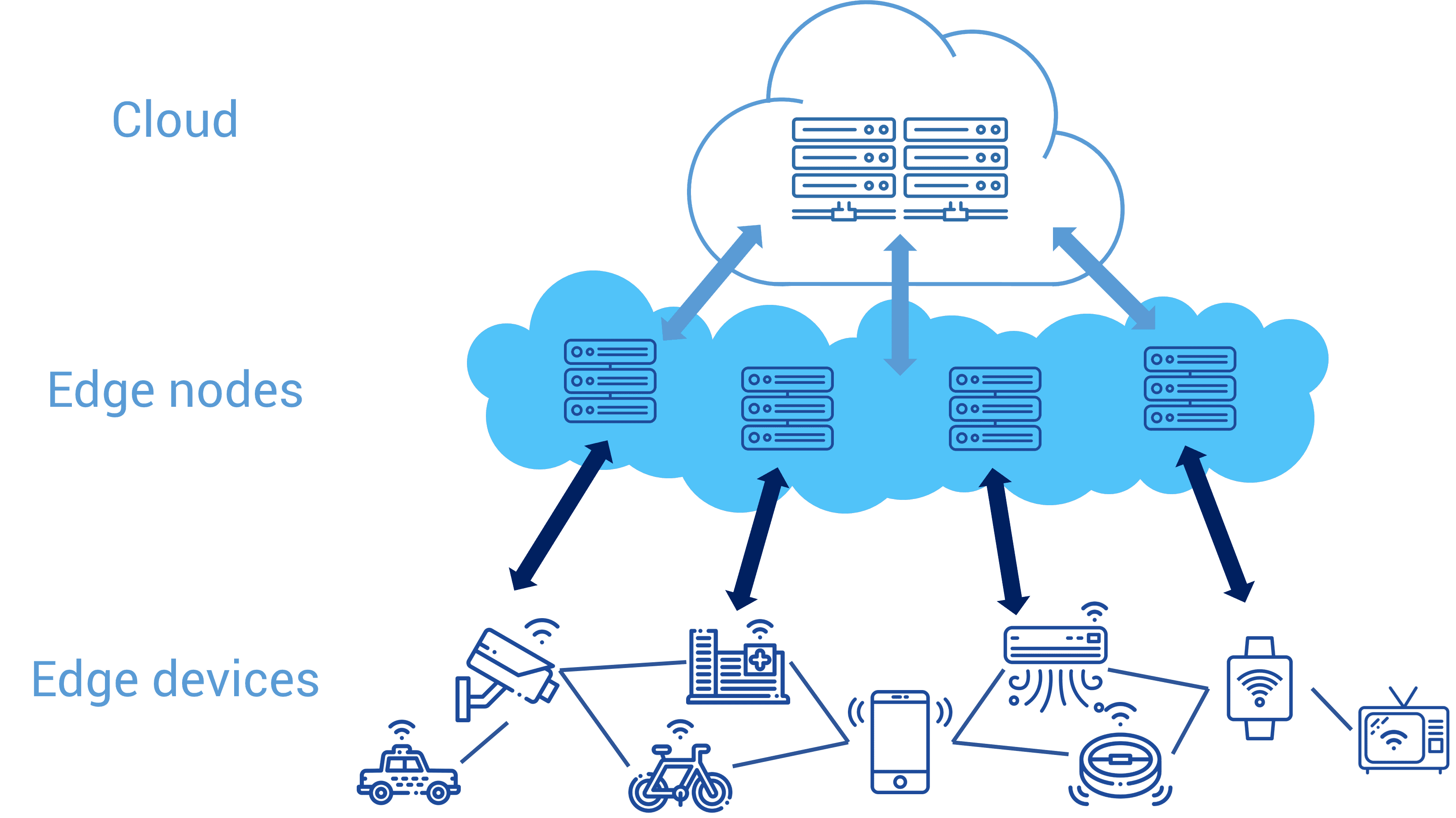edge computing explanation

If you are tired of facing slow internet speeds and lags, edge computing might just be the solution you need. This technology is designed to make life easier for all of us. With edge computing, you can access your favorite applications with lightning-fast speed and enjoy flawless browsing experiences. With this article, we will dive deep into the world of edge computing and explore its architecture, benefits, and applications.
Edge Computing Architecture
Edge computing is a distributed computing paradigm that brings computation and data storage closer to the location where it is needed. The architecture of edge computing comprises a network of distributed devices and nodes that work together to process data locally. In this approach, instead of sending data to a remote data center for processing, the data is processed on a local device or server.

Nodes in Edge Computing
The nodes in edge computing are different from those in traditional cloud computing. There are three types of nodes in edge computing:
- Endpoint – These are the devices that connect to the network, such as smartphones, sensors, and other IoT (Internet of Things) devices.
- Edge Node – These are the devices that sit at the edge of the network and are responsible for processing data locally. Examples of these devices include routers, switches, and servers.
- Cloud Node – Finally, there are the cloud nodes, which are responsible for managing data storage and computation. These nodes are located at the core of the network.
Benefits of Edge Computing
The benefits of edge computing are many. Here are some of the most significant advantages that this technology offers:
- Low Latency: With edge computing, data processing is done locally, which means that there is no need to send data back and forth to a remote data center. As a result, you can enjoy faster processing and quicker response times.
- Better Reliability: Edge computing also offers better reliability. This is because the processing is done on multiple devices and nodes, which means that the failure of one node does not affect the entire network.
- Increased Security: With edge computing, data is processed locally, which means that there is no need to send sensitive data to a remote server for processing. This makes edge computing a more secure alternative to traditional cloud computing.

Applications of Edge Computing
Edge computing is widely used in many industries, including healthcare, finance, and manufacturing. Here are some of the most common applications of edge computing:
Healthcare
In the healthcare industry, edge computing is used to process data from wearable devices, such as smartwatches and fitness trackers. This data is then analyzed to provide patients with real-time health insights. Edge computing is also used to process data from medical devices, such as MRIs and CT scans. This allows healthcare professionals to make more accurate diagnoses and provide better treatment.
Finance
In the finance industry, edge computing is used to process transaction data in real-time. This allows financial institutions to detect and prevent fraud before it occurs. Edge computing is also used to provide personalized financial advice to customers.
Manufacturing
In the manufacturing industry, edge computing is used to monitor machines and equipment in real-time. This allows manufacturers to identify potential issues before they occur and prevent downtime. Edge computing is also used to optimize the manufacturing process, increasing efficiency and reducing waste.
Conclusion
Edge computing is a game-changer that offers many benefits, including low latency, increased reliability, and improved security. This technology is widely used in many industries, including healthcare, finance, and manufacturing. With edge computing, you can access your favorite applications with lightning-fast speed and enjoy flawless browsing experiences. It’s no wonder that edge computing is becoming increasingly popular with each passing day!

Source image : www.akira.ai

Source image : www.alibabacloud.com

Source image : qsstudy.com


